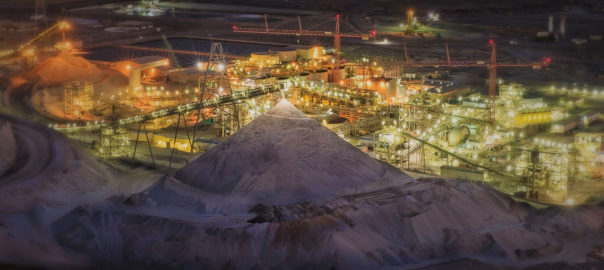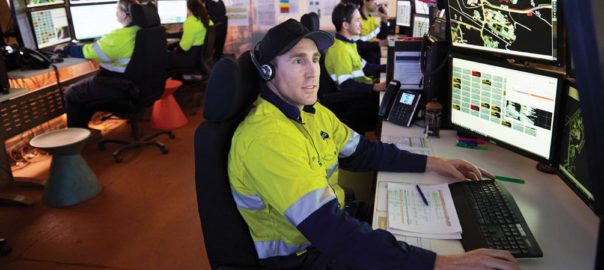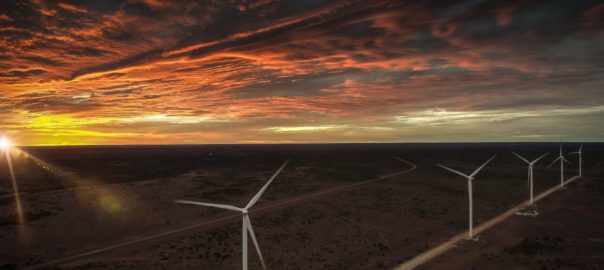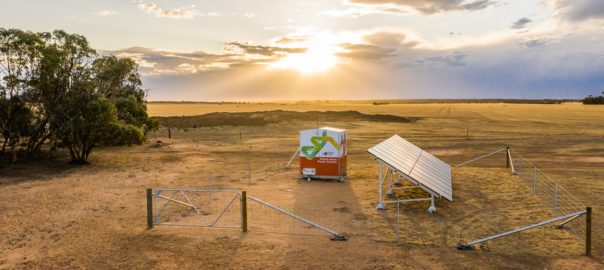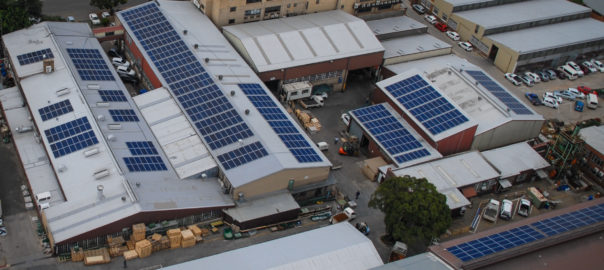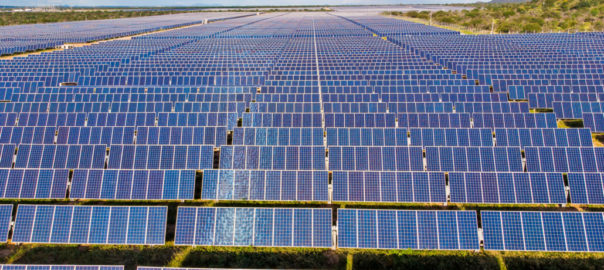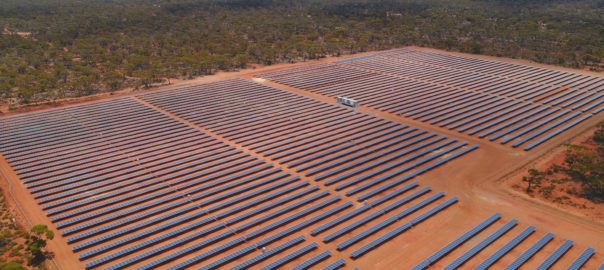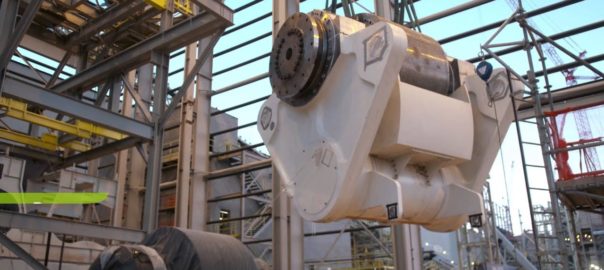Caterpillar dealer Ferreyros has been selected by Ferrenergy, Ferreycorp’s energy company in Peru, to provide a microgrid power system for the Agromin La Bonita underground copper mine in Acarí, Peru.
Supplied by Ferreyros to support a power purchase agreement between Ferrenergy and the operators of the Agromin La Bonita mine, the system includes more than 2,400 ground-mounted photovoltaic solar modules that supply a total of over 960 kW of energy, twelve 75 kW power inverters, a 1.5 MVA power transformer, and a 500 m medium-voltage transmission line. The solution helps to provide power around the clock for mine lighting and ventilation, ore processing, and workforce accommodations, according to Cat.
“Southern Peru features some of the highest photovoltaic power potential in the world, making it an ideal location for a solar microgrid system,” Bart Myers, General Manager for Caterpillar Large Electric Power Solutions, said. “The solution designed by Ferreyros for the Agromin La Bonita mine illustrates how Cat dealers combine technical expertise with a deep knowledge of their customers’ businesses to leverage renewable sources of energy while delivering reliable power for critical enterprise activities.”
Caterpillar’s hybrid energy solutions technology suite is designed to reduce fuel expenses, lower utility bills, decrease emissions, and reduce the total cost of ownership while increasing energy resiliency in even the most challenging environments, it says.
Key offerings include:
- The Cat Microgrid Master Controller, which keeps loads continuously energised with high-quality power at low cost by managing the flow of power from every source in the system;
- Cat Connect Remote Asset Monitoring, which provides data visualisation, reporting and alerts from anywhere in the world through a web interface;
- Cat Bi-Directional Power (BDP) inverters, which supply real and reactive power with grid-forming and grid-following capabilities;
- Cat Energy Storage System modules, which use advanced lithium-ion batteries with superior energy density, high discharge/recharge efficiency and high cycle life to compensate for fluctuations in output from renewable energy sources; and
- Cat photovoltaic solar modules that deliver reliable and predictable output, robust performance, scalability, compatibility, and simplified installation.








